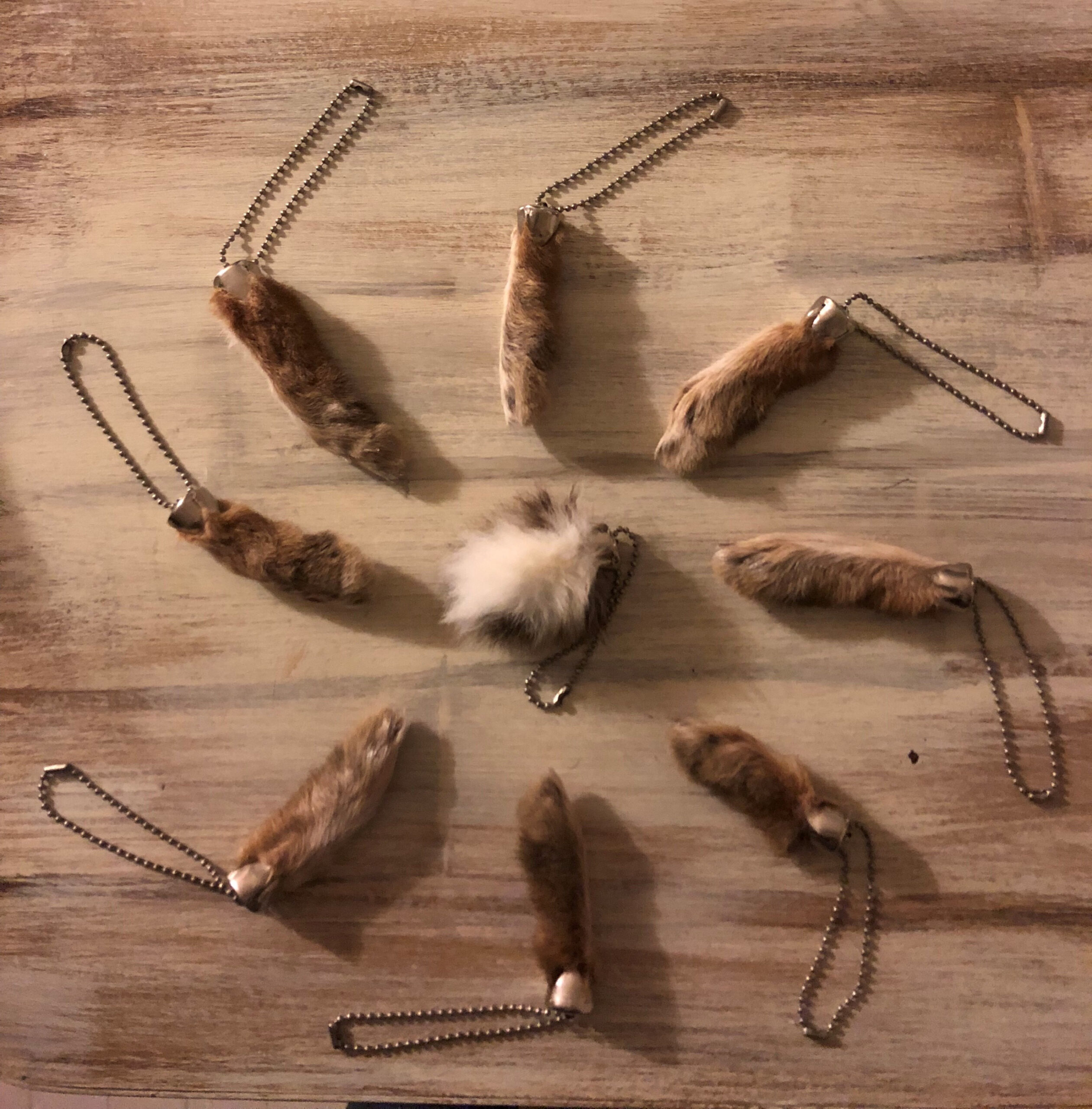How to Preserve Rabbit Feet?
Preserving rabbit feet is a common practice among hunters, crafters, and those who appreciate the unique aesthetic of these small animal parts. Whether you plan to use them for crafts, decorations, or as a good luck charm, preserving rabbit feet is essential to maintain their quality and durability. In this article, we will guide you through the process of how to preserve rabbit feet effectively.

Gather the Necessary Supplies
Before you begin the preservation process, make sure you have all the required supplies. Here’s a list of items you’ll need:
- Freshly harvested rabbit feet
- Sharp knife or scissors
- Bowl of water
- Salt
- Alum powder
- Plastic container with lid
- Wax paper or parchment paper
- Optional: borax powder
Step-by-Step Guide for Preserving Rabbit Feet
Follow these steps to effectively preserve rabbit feet:
- Start with freshly harvested rabbit feet. Remove any excess fur or dirt from the feet using a sharp knife or scissors.
- Place the cleaned rabbit feet in a bowl of water to further remove any dirt or debris.
- After cleaning, pat dry the rabbit feet using a paper towel or clean cloth.
- Sprinkle a generous amount of salt on the rabbit feet, making sure to cover them completely. Leave them to sit for 24 hours.
- After 24 hours, shake off the excess salt from the rabbit feet and rinse them under running water to remove any remaining salt.
- Prepare a solution of alum powder and water. The recommended ratio is 1 tablespoon of alum powder per cup of water.
- Submerge the rabbit feet in the alum solution and let them soak for 48 hours. This solution helps to harden and preserve the tissues of the feet.
- After soaking, remove the rabbit feet from the alum solution and rinse them thoroughly under running water.
- Pat dry the feet once again using a paper towel or clean cloth.
- Place the rabbit feet on a piece of wax paper or parchment paper and allow them to air dry for a few days until they are completely dry.
- Once dry, you can store the preserved rabbit feet in a plastic container with a tight-fitting lid to protect them from dust and moisture.
Tips for Successful Preservation
Here are some additional tips to ensure the successful preservation of rabbit feet:
- It’s essential to use freshly harvested rabbit feet for preservation. Feet that have been exposed to the elements for an extended period may not preserve well.
- If you don’t have access to alum powder, you can use borax powder as an alternative. Follow the same steps, substituting alum with borax.
- Make sure the rabbit feet are completely dry before storing them to prevent mold or other forms of damage.
- Avoid exposing the preserved rabbit feet to direct sunlight or extreme temperatures, as this can cause discoloration or deterioration.
FAQs
1. Can I preserve rabbit feet without using salt or alum?
While salt and alum are the most commonly used methods for preserving rabbit feet, there are alternative methods you can try. One option is using borax powder, which can be substituted for alum using the same steps.
2. How long do preserved rabbit feet last?
When properly preserved and stored, rabbit feet can last for several years. However, it’s important to regularly check them for signs of deterioration and replace or re-preserve them if needed.
3. Can I preserve rabbit feet that have already dried out?
Preservation is most effective when performed on freshly harvested rabbit feet. If the feet have already dried out, they may be more susceptible to damage and may not preserve as well. However, you can try rehydrating the feet before following the preservation process.
4. Are preserved rabbit feet safe to handle?
Preserved rabbit feet are generally safe to handle, but it’s always a good idea to wash your hands after touching them. If you have any allergies or sensitivities, it’s important to take necessary precautions or use gloves while handling preserved animal parts.
Related Articles…
Copyright Notice:
This website utilizes images found online, all copyrights are retained by their original owners. If you would like an image removed, kindly contact us.
